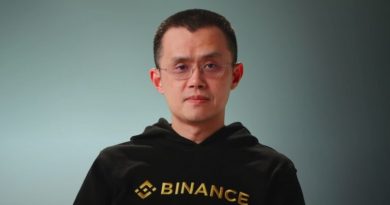China’s national grid to develop green energy blockchain trading platform
The State Grid Corporation of China is to develop a green energy trading platform powered by blockchain, in partnership with the country’s National Development and Reform Commission (NDRC).
According to details emerging this week, the State Grid will create the platform which will enable renewable energy to be traded in response to supply and demand, which can often be more divergent than other forms of energy due to inconsistencies in power generation.
The platform, driven by blockchain technology, would enable imbalances in supply and demand to be evened out more efficiently, effectively hedging against the uncertainties of weather for energy sources such as solar and wind.
The electricity market system aims to allow energy to be traded locally and directly between suppliers and consumers, in a way the agencies hope will level out the current fluctuations inherent in green energy sources.
The agencies have indicated they believe the conditions are optimum for the development of a green energy market platform, powered specifically by blockchain technology.
During the research phase, the Commission identified a willingness on the part of local energy grids to pay extra for environmentally conscious energy, with a number of local regions also indicating an openness to embracing new technologies and solutions.
At present, all energy flowing into a grid is indistinguishable by source, with that generated from conventional sources no different to energy from renewable sources. However, with the platform being built on blockchain technology, it becomes possible for different energy sources to be more readily distinguished, with an audit trail back to the point of generation.
The State Grid has applied for a patent for its blockchain powered transaction system, with plans to begin a pilot phase of testing in the coming months. If successful, the pilot is expected to be rolled out nationally.
Watch: CoinGeek Zurich panel, Natural Resources, Sustainability & Blockchain
Source: Read Full Article


